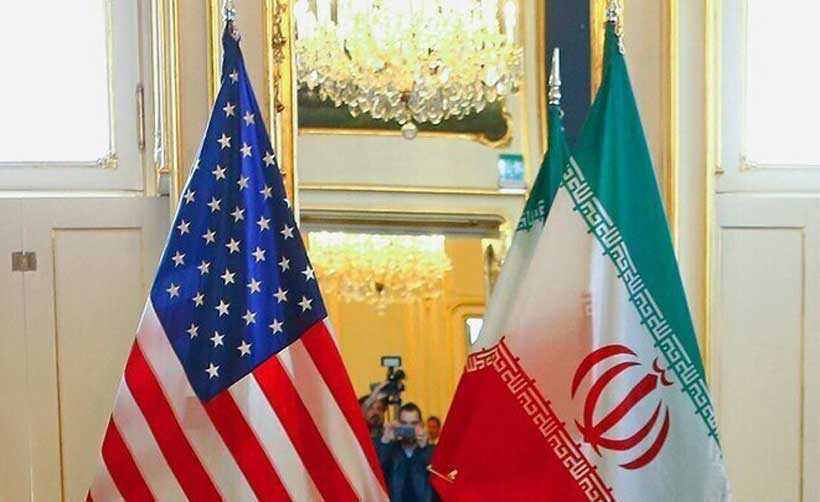The Iranian nuclear negotiations with Europe and the United States from 2000 to 2025 represent one of international relations’ most intricate diplomatic dossiers. These talks, aimed at overseeing Iran’s nuclear program and preventing its acquisition of nuclear weapons, have encompassed numerous issues, including uranium enrichment, inspections by the International Atomic Energy Agency (IAEA), and the lifting of sanctions. A key topic in these negotiations has been the proposal to transfer Iran’s enriched uranium outside the country to alleviate Western concerns regarding the potential militarization of Iran’s nuclear program.
Iran’s nuclear program became a global issue in 2002 after the disclosure of nuclear activities at the Natanz and Arak facilities by the Mujahedin-e Khalq Organization (MKO) and confirmation by Western intelligence services. Since then, numerous negotiations have occurred between Iran and Western groups, particularly the European trio of France, Germany, and the United Kingdom, and later the P5+1 (United States, Russia, China, the United Kingdom, France, and Germany). Initial negotiations focused on confidence-building measures and the suspension of enrichment, but as Iran’s nuclear program progressed, the transfer of enriched uranium abroad was proposed as a way to reduce Iran’s stockpile and ensure peaceful objectives. These proposals were often aimed at reducing Iran’s ability to produce highly enriched uranium. Still, they were met with varied reactions, ranging from conditional acceptance to outright rejection by Iran.
The Proposal for Uranium Transfer
In 2010, negotiations mediated by Brazil and Turkey were held to resolve the Iranian nuclear dispute. Following interactions between the parties, these talks reached a deadlock. In 2012, Iran’s negotiations with the P5+1 in Moscow concluded without result. The negotiations leading to the JCPOA in 2015 marked a turning point in our nation’s nuclear diplomacy. During the Lausanne and Vienna negotiations, the P5+1 proposed that Iran significantly reduce its enriched uranium stockpile (approximately 10 tons of varying enrichment levels). According to the agreement, Iran agreed to transfer about 8.5 tons of enriched uranium to Russia in exchange for 140 tons of yellowcake (raw uranium). This proposal, part of Iran’s commitments to reach the “Implementation Day” of the JCPOA, was implemented on January 7, 2016. Iran accepted this proposal with conditions. This action (along with redesigning the Arak reactor and reducing centrifuges) led to the lifting of UN, US, and European sanctions in January 2016. However, the US withdrawal from the JCPOA in 2018 and the reimposition of sanctions weakened Iran’s trust in such agreements. Yet, in the latest development, during the first round of indirect negotiations between Iran and the United States in Oman, the United States proposed that Iran transfer its highly enriched uranium stockpile (60 percent) to a third country, such as Russia. This proposal, part of the US effort to limit Iran’s nuclear program, was raised during indirect meetings between Abbas Araghchi and Steve Witkoff. Iran argues that transferring uranium stockpiles abroad carries a high risk, especially given the US withdrawal from the JCPOA in 2018. On April 15, Araghchi told the media: “Uranium stockpiles should remain under IAEA supervision in Iran. […] If the US violates the agreement again, rebuilding stockpiles from scratch is illogical.” Iran emphasized that any agreement must include the complete lifting of sanctions and legal guarantees. The rejection of this proposal complicated the Oman talks but did not lead to a deadlock.
The Second Round of Negotiations
The proposal for uranium transfer is part of the West’s strategy to reduce Iran’s ability to produce nuclear weapons. In 2010 and 2015, this proposal was accompanied by concessions such as the lifting of sanctions, but in 2012 and 2025, it failed due to stringent pressures and Iran’s distrust. Political observers believe that the US seeks Iran’s submission by combining sanctions and diplomacy. Still, this approach has been met with Iranian resistance. Iran has conditioned the transfer of uranium on legal guarantees and the lifting of sanctions. The experience of the JCPOA showed that transfer without reciprocal commitments leaves Iran vulnerable to the violation of the agreement. Araghchi’s active diplomacy, including consultations with Russia and Saudi Arabia, demonstrates Iran’s effort to create a united front against Western pressures. Of course, the “Rome” talks offer an opportunity to find alternative solutions, such as increased IAEA monitoring instead of transfer. Although technically a solution to reduce tension, this proposal has practically become a symbol of deep disagreements. Therefore, the success of the upcoming negotiations depends on the parties’ ability to build trust and provide reciprocal guarantees.
